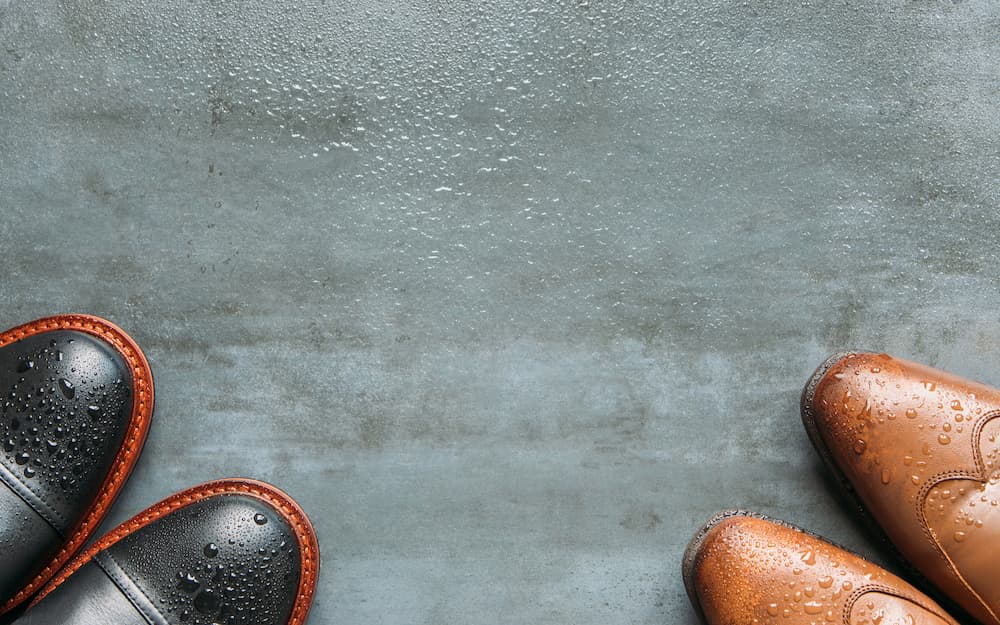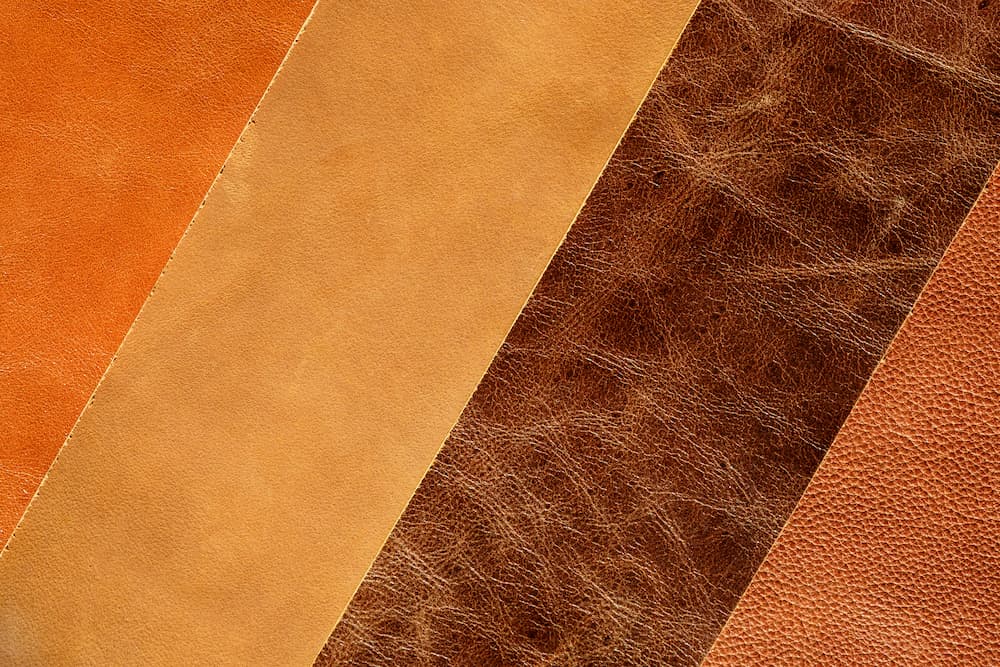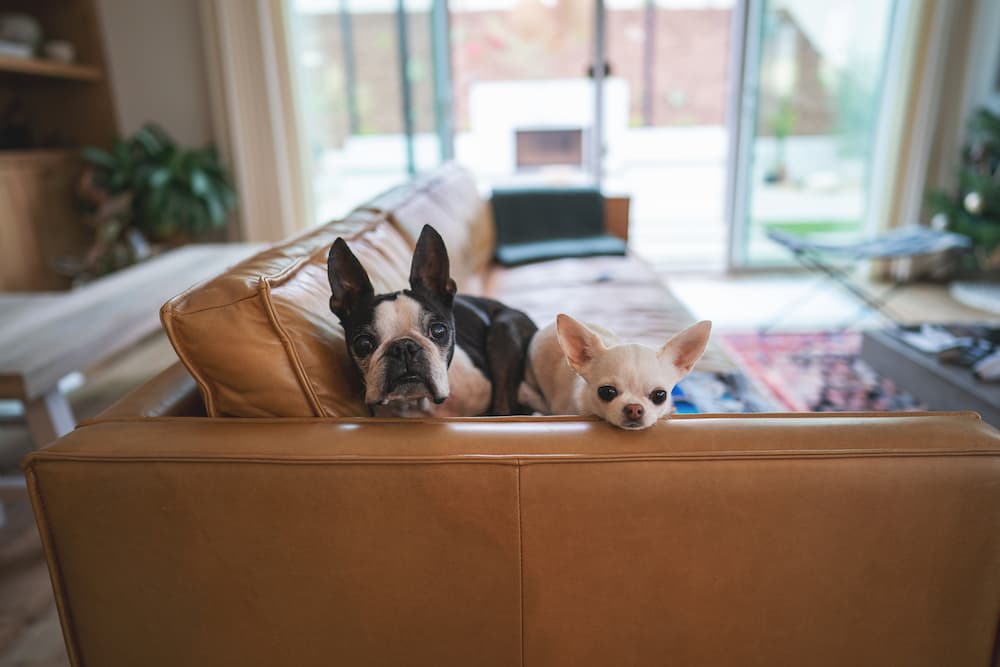Leather goods have long been a staple in the world of fashion, and their use extends far beyond just clothing. With its timeless appeal and durability, leather finds its place in a wide array of everyday products — from bags and belts to furniture and car interiors. Its use is so ubiquitous that it's almost impossible to imagine our lives without it. Yet, the longevity and aesthetic appeal of leather depends significantly on how well it's cared for.
Proper leather care is paramount. It can make the difference between a leather item that ages gracefully, developing a rich patina and character, and one that deteriorates and degrades prematurely. Despite this, many misconceptions prevail about leather care, often leading to unnecessary damage or premature wear and tear. This article aims to debunk those myths and shine a light on the real dos and don'ts of leather care.
Myth 1: Leather Products Don't Need Maintenance

It's a common misunderstanding that leather is a zero-maintenance material. Many believe that leather's inherent durability absolves it from needing regular care. But here's the truth: while leather goods are indeed robust and long-lasting, they are not impervious to the ravages of time and neglect. Leather is a natural material, and just like our skin, it can dry out, crack, and lose its luster if not properly nourished and hydrated.
Natural oils in leather tend to evaporate over time, especially when subjected to heat and sunlight. This leads to the leather becoming dry, brittle, and prone to cracks and scratches. However, with regular cleaning and conditioning—think of it as a spa treatment for your leather goods—these issues can be easily prevented.
Our Leather Cleaner is the first step in leather care, to gently remove dirt and dust that clogs leather's natural pores. Next, use Leather Saver to replenish the natural oils, keeping your leather items supple and shiny. It also contains a UV protectant to shield your beloved items from potential harm caused by sunlight. Just a little routine can go a long way in preserving the resilience and beauty of your leather goods.
Myth 2: Water Is Harmful to Leather
The common belief that water is the arch-nemesis of leather is only partially true. Yes, excessive moisture can be harmful; it can cause the leather to lose its shape and lead to the growth of mold. However, a bit of water is not necessarily your leather product's doom. Genuine leather can handle some water exposure far better than its synthetic counterparts, often bouncing back with minimal to no damage. You might be surprised to learn that in some cases, a damp cloth can even be used to clean genuine leather products.

If your leather item does get wet, don't panic! The key is to handle the situation promptly and correctly. Avoid the urge to speed-dry by using a hairdryer or placing the item near a heater, as this can cause the leather to dry out and crack. Instead, simply blot the water gently with a soft, dry cloth and allow the item to air dry naturally. And if you do end up with water stains on your leather, we've got the products that will help remove them!
Myth 3: Sunlight Doesn't Affect Leather
Let's shed some light on this misconception. Sunlight does affect leather, contrary to popular belief. Leather, like any other material, is susceptible to the harsh effects of prolonged exposure to sunlight. The UV rays not only fade the color of your cherished leather items, but also weaken the leather fibers over time, leading to a worn, aged look that's far from appealing.
So what can you do to protect your leather belongings from the sun's wrath? Well, storing your leather goods away from direct sunlight is a good start. This can help maintain their original color and strength. Moreover, just like you'd slather on some sunscreen to protect your skin, your leather items can also benefit from a good UV protectant. Products like our Leather Saver contains a natural UV protectant that can shield your favorite leather items from potential sun damage, helping them maintain their beauty and longevity.
Myth 4: All Leather Care Products Are Equal
One common fallacy is the notion that all leather care products are created equal and can be used interchangeably on any type of leather. But the truth is, not all leather is tanned the same or in the same condition, thus, not all leather care products can, or should, be used on every type of leather. Different leathers, such as full-grain, suede, and nubuck, each have unique characteristics and require specific types of care.

It's essential to invest time in researching and finding quality leather care products that are suitable for the specific type of leather you have. Using the correct product can extend the lifespan of your leather items, while using the wrong one can cause more harm than good. Remember, what works best for your suede boots might not be the best option for your full-grain leather sofa. That's why we offer different products for treating suede and nubuck items.
Myth 5: Leather Can't Be Restored Once It's Damaged
Another pervasive myth is that once leather is damaged, it's beyond restoration. This is simply not the case. Leather is a surprisingly resilient material, and with the right care products and methods, most of the time, it can be restored to its former glory. Whether your leather item suffers from dryness, deterioration, or discoloration, there are ways to repair and rejuvenate it.
For instance, if your leather product is brittle or is showing signs of flaking or peeling, our Restoration Leather Conditioner can help restore its moisture content and suppleness. Even antique leather that is showing signs of deterioration and "red rot" can be stabilized with Klucel G.
Myth 6: Over conditioning Is Beneficial
Believe it or not, there's such a thing as too much of a good thing when it comes to leather conditioning. It's a widespread misconception that lavishing your leather items with excessive conditioner will do them a world of good. The truth, however, is quite the contrary. Over conditioning can lead to clogged pores in the leather, causing a greasy appearance and even altering the leather's original texture.
Adhering to the product's usage instructions is key. Most high-quality leather conditioners are designed to be used sparingly— a small amount usually goes a long way! So, resist the urge to overindulge, and remember, when it comes to leather conditioning, less is often more. Good leather care is all about balance. After all, we're aiming for a healthy glow, not an oil-slick sheen!
Conclusion

In debunking these common myths about leather care, we've journeyed through the realities of maintaining your beloved leather items. We've learned that water isn't always the villain, sunlight can be a subtle foe, not all care products are one-size-fits-all, and damaged leather isn't necessarily destined for the trash heap.
Understanding and practicing proper leather care is pivotal in preserving the beauty, strength, and longevity of your leather treasures. By investing in high-quality products and adhering to their usage instructions, you can keep your leather looking its best.
If you have a leather product and need help with its care, don't hesitate to reach out to us. We are on hand to provide advice and recommendations tailored to your specific leather care or leather restoration needs.


